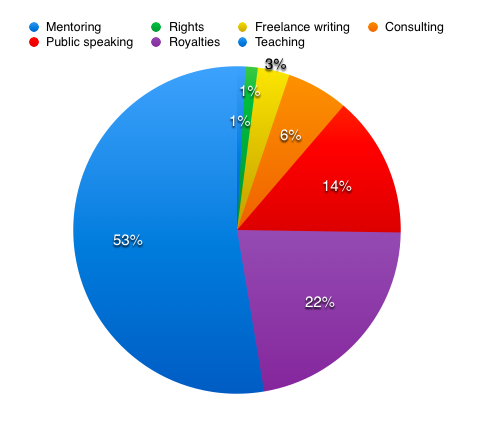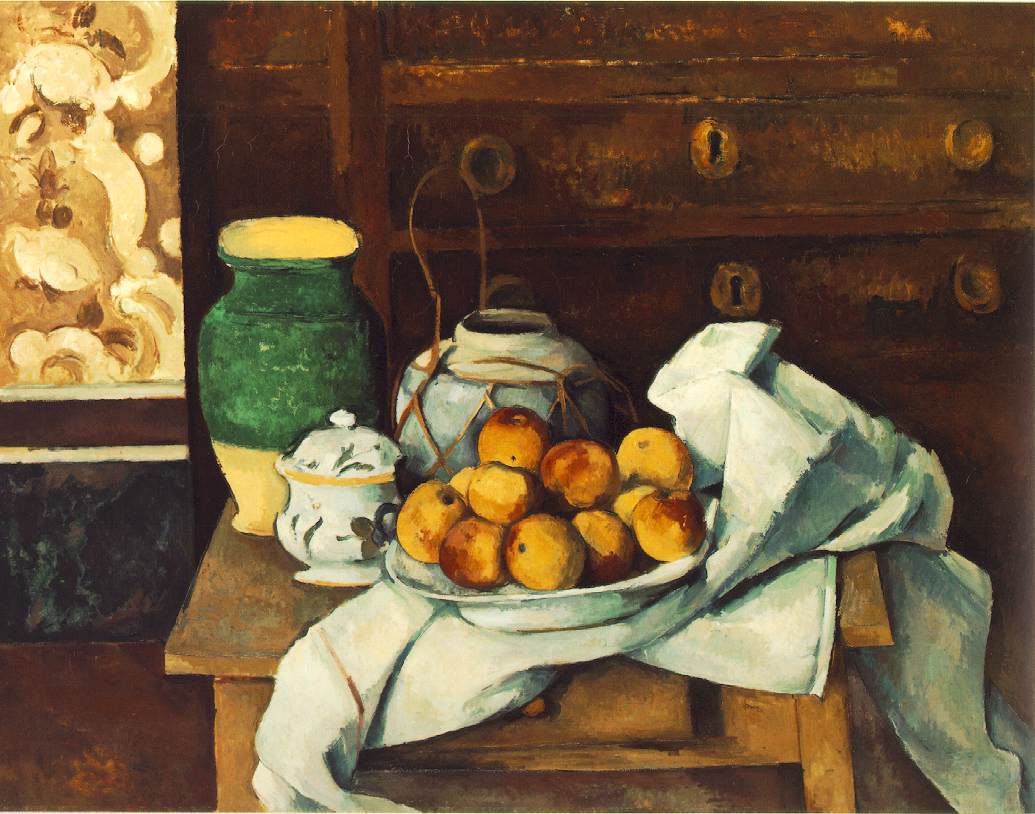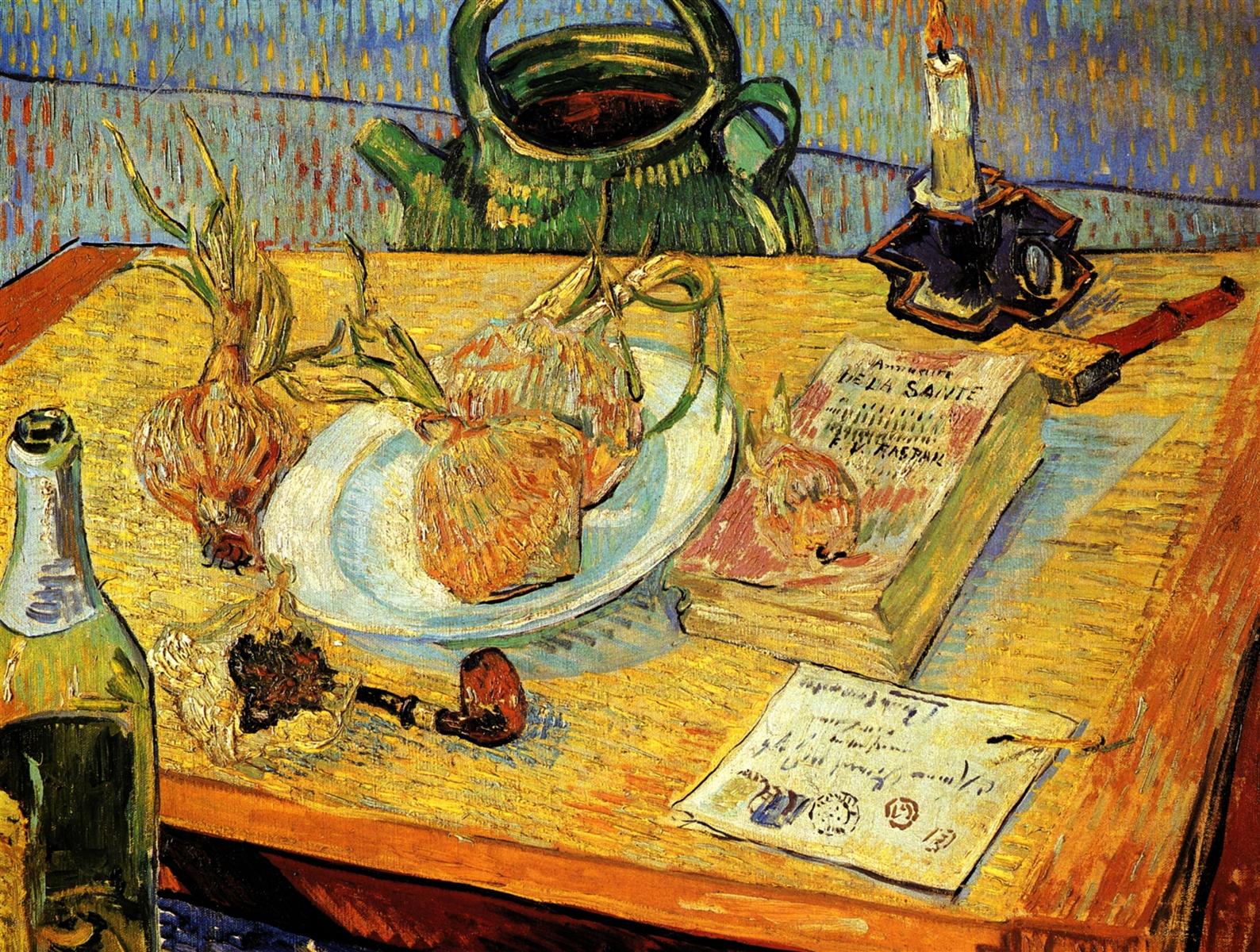I’ve done it! I’m through! I’ve put on my long white gloves and my debutante gown. I’ve descended the sweeping staircase and I’ve been welcomed to the world. Ladies, Gentlemen, and all in-between, I’m into poetry.
For people new to poetry, the ‘rules’ for reading it aren’t clear. Do I just buy any random poetry book, start at the start and sit down for 3 hours reading it from cover to cover, like a novel? How do I know if I’ve read a good poem? Or even worse, a bad one? Did I understand the poem I read? What did it mean? Am I too dim to be reading poetry at all?
With all these questions running through one’s mind (like they did for me), it’s easy to say, “Well, stuff it, I’ll just read another novel.” But, as I’ve found out, poetry rewards those who persist. So here’s how I did it, how I broke in. It’s advice I haven’t been able to find in my internet searching and, well, I’m now rather addicted to seeking new poems.
Start wide, buy an anthology
Make your first poetry book an anthology. Anthologies are collections of poems, usually on some sort of theme. The themes vary wildly, so find one that you like the sound of. Are you a nature lover? Try an anthology about nature poems. Are you a romantic? There’s plenty of anthologies about love. At this stage you don’t need to worry about the poets they feature, or who edited the anthology (i.e. the person/s who picked the poems), just focus on the subject you’re interested in. My favourite ‘beginner’ anthology is A Book of Luminous Things. It’s theme can be best described as ‘variety’, variety of language, location, and subject. It features poets from all over the globe, and loosely groups poems into different subject matter themes.
Read your anthology like a recipe book
Poetry anthologies don’t need to be read cover to cover like a novel. In fact, they’re not meant to be read that way at all. I’ve found that they’re best read like a recipe book.
When I buy a recipe book, I scan the whole thing first. As I’m flicking through, there are some recipes that catch my immediate attention. The reason they do this isn’t always the same. Maybe I like the poached pear and raspberry sorbet one because it’s hot today. Or maybe the roast lamb with rosemary potatoes is interesting because the photo looks nice and lamb is cheap this week. Maybe I’m just more confident in my ability to make the lemon tart that I see because I’ve had repeated success with a cheesecake in the past. Either way, I always bookmark a few on my first go. These are the ones I’ll cook first.
Poetry anthologies can work the same. Do a quick pass of book. Maybe you like the sound of one because the title is intriguing (this happened to me when I read Les Murray’s Cuttlefish). Or maybe you prefer the short ones over the long ones, like Antigone Kefala’s Knossos. I’m a minimalist by nature, so I love the short ones. All you need to do at this stage is to bookmark the ones you think you might like to try.
Give your favourites a go
Once you’ve earmarked a few that sparked an immediate interest, give one a go. And when I say ‘a go’, here’s what I mean:
- Read it once, from beginning to end. Don’t worry about trying to ‘get it’ or ‘work it out’. Just read it. You’ll stumble and fumble and mumble your way through it, that’s OK. It’s a bit like eating spaghetti for the first time. Until you learn how to twist those strands onto your fork, it’s going to be a mess. Then,
- Read it again, slower this time. Less like a novel, more like a recipe, line by line. As you’re reading the second pass, try to notice the bits you like most. Is there a particular word or phrase that rolled off your tongue better than others? Did a particular line put a vivid image into your head? Do you even like it, still? Maybe it kind of sucks? That’s OK.
- Ask yourself, do you like it? Have another scan through it, and again if you need to. You don’t have to have a definitive answer. But it’s good practice for you to internalise the poem and simply work out whether you think it’s a good one. You could even write some notes about it to help you work out whether this is the sort of poem you like. Once you think you’ve made your mind up, then,
- Read a different poem. Select another poem that you earmarked from your first pass and follow steps 1-3. But, at step 3, you can now compare it to the first poem you read as a way of helping you decide whether you like it. How does it compare? Do you like the second poem more or less than the first poem? Try to work out why. There’s no right or wrong answer because poetry is simply about your experience with the words.
Refine, then define what you like
After you’ve given some favourite-looking poems a go. You can now begin to orient yourself in this world. Maybe you’re finding that you happen to keep liking a particular poet in this anthology (that’s what happened with me and the Polish poet, Wislawa Szymborska). By the way, I never thought I’d say that phrase. But for you, maybe there’s a type of subject, or a way certain poems look that you seem to be drawn to. What you’re trying to do, like I did, is find out where to go next. What you like, and what you don’t like. You could do another pass through the anthology and see if different poems grab your attention now; perhaps you’re feeling a bit more adventurous after a couple of first poems.
Welcome to poetry
All you need to find from your first anthology is one or two poems that you like. From there, you can seek out another anthology that is refined by your new-found taste. Maybe you’ve connected with a particular poet and so you seek out one of their own collections to see how much of their work you like. The main thing is, you’re in. You’ve got a foothold in what is normally seen to be a very academic activity. You’re one of those people now, the ones that can read and enjoy poetry. How exciting!
What if you didn’t find anything you like in your first anthology?
Well, it’s one of two things:
- The curator/s was not for you. That’s OK, after all, anthologies are still curated by a single person or a very small group of people. Maybe you just didn’t like their taste? I’d suggest trying another anthology curated by someone else to see whether the editor of the first anthology was the problem.
- You don’t actually enjoy poetry. Whilst I find this difficult to believe because of the sheer variety that exists in poetry, this just may be the way it is for you. That’s also OK. There are some people in the world who don’t like Italian food and some people don’t like cooking at all. At the very least, this exercise has given you this knowledge about yourself, which is great because it means you can focus on the type of reading that gives you joy, whether it’s novels, magazines, comics or non-fiction.
Pair this with my tips for writing poetry (hint: don’t call it poetry).



